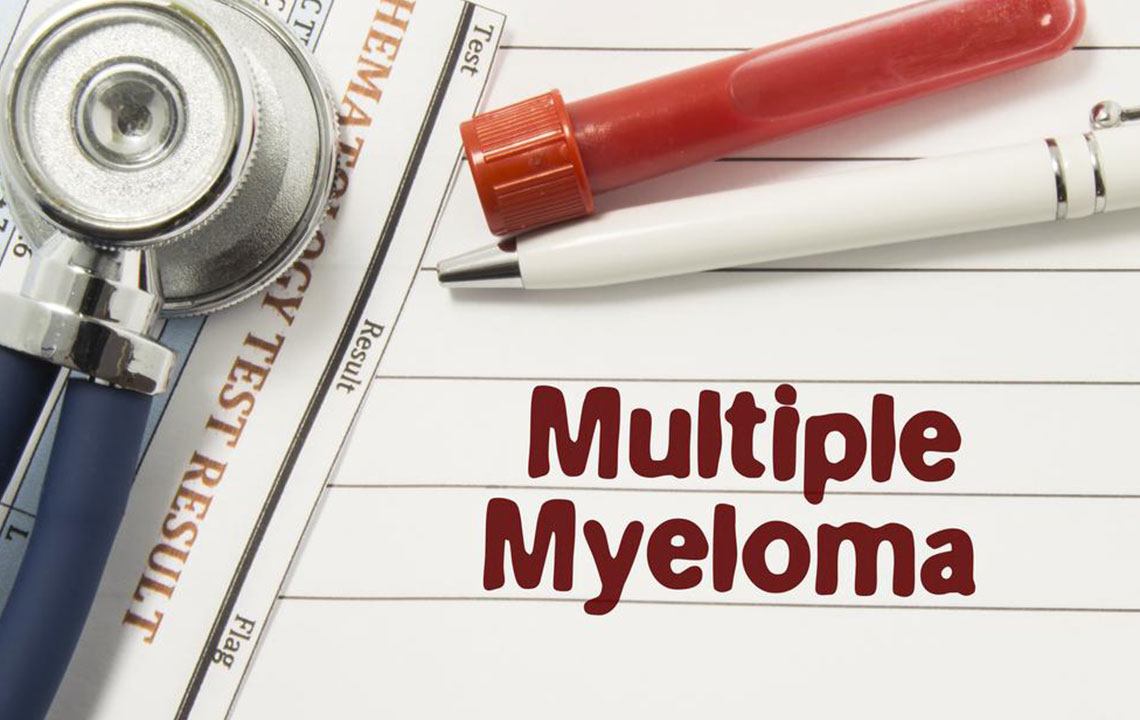Innovative Strategies for Managing Multiple Myeloma
Explore comprehensive treatment options for multiple myeloma, including targeted therapies, stem cell transplants, and emerging drugs. This article provides insights into standard and advanced management strategies for this blood cancer.

Innovative Strategies for Managing Multiple Myeloma
Multiple myeloma is a cancer arising from plasma cells, a type of white blood cell responsible for antibody production to combat infections. When this disease develops, cancerous plasma cells accumulate in the bone marrow, replacing healthy cells and producing abnormal proteins that lead to further health issues.
The condition often begins as monoclonal gammopathy of undetermined significance (MGUS), a benign state, with nearly 3% of individuals over 50 affected. About 1% of MGUS cases progress to multiple myeloma.
MGUS features low levels of M-proteins, causing minimal damage. This article discusses various treatment options for multiple myeloma.
Standard Therapeutic Approaches
The primary treatments for multiple myeloma include histone deacetylase inhibitors, proteasome inhibitors, monoclonal antibodies, immunomodulatory drugs (IMiDs), corticosteroids, and chemotherapy. These therapies aim to eradicate or suppress cancer cell growth.
Proteasome Blockers
Key treatments across all disease stages, proteasome inhibitors prevent cancer cells from disposing of their old proteins, leading to cell death. Notable drugs include bortezomib, carfilzomib, and ixazomib.
Immunomodulators
IMiDs are vital in treatment, enhancing immune response and directly targeting myeloma cells. Common IMiDs are lenalidomide, pomalidomide, and thalidomide.
Steroid Medications
Used throughout treatment, steroids kill myeloma cells, reduce inflammation, and manage symptoms. Side effects may include elevated blood sugar, weight gain, and sleep issues.
HDAC Inhibitors
Some myeloma cells overproduce HDAC proteins, promoting rapid growth. HDAC inhibitors target these proteins, killing the cancer cells, often in combination with other drugs after previous treatments.
Monoclonal Antibodies
These specially designed medicines boost the immune system's ability to fight cancer by targeting specific proteins on myeloma cells. Ongoing research aims to enhance checkpoint inhibitor effectiveness.
Chemotherapy
This approach uses drugs to eliminate dividing cancer cells. Treatment cycles usually span 4-6 months, with some drugs administered orally or intravenously, but side effects can impact healthy cells.
Stem Cell Transplantation
Often combined with high-dose chemotherapy, stem cell transplants help restore healthy blood cell production. There are two main types:
Autologous Transplant
The patient's own stem cells are collected and reintroduced after chemotherapy or radiotherapy. This outpatient or inpatient procedure preserves healthy cells for future use.
Allogeneic Transplant
Stem cells from a matched donor are transfused, potentially curing residual disease, but with increased risks like graft-versus-host disease.










